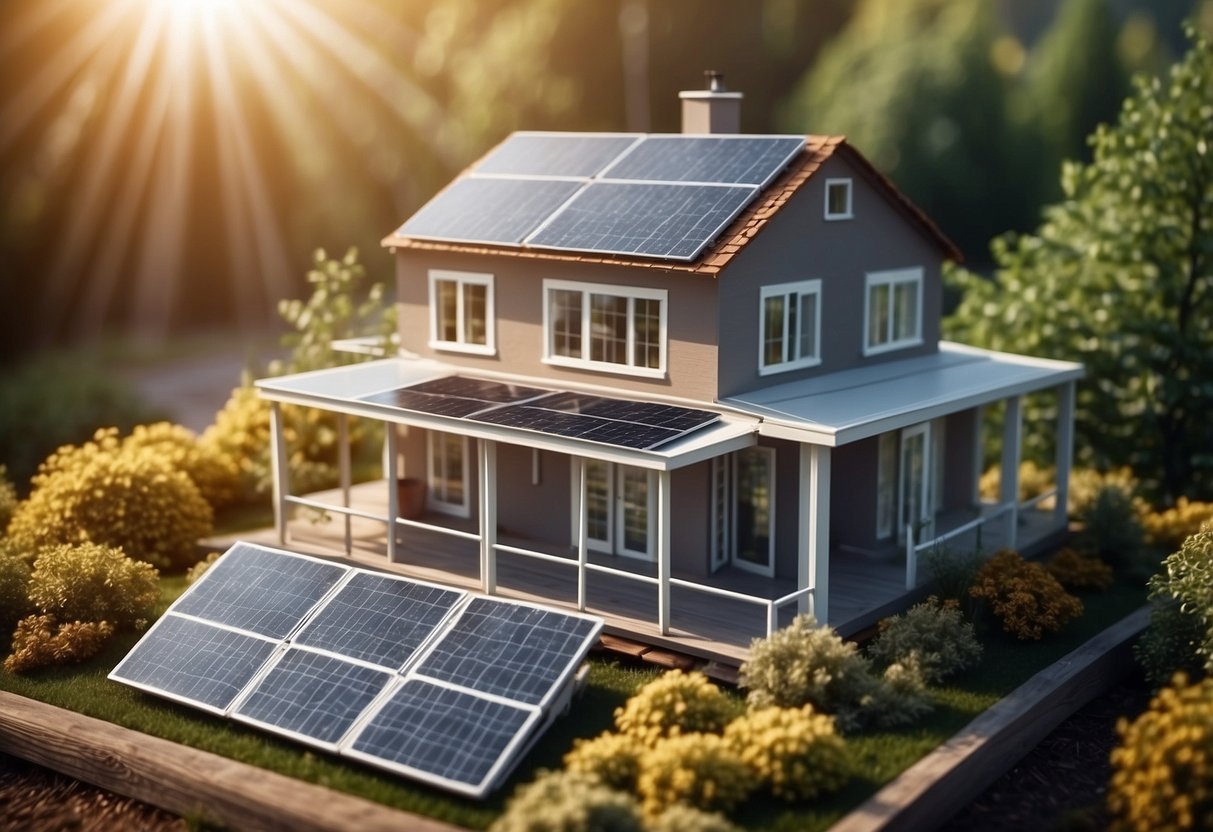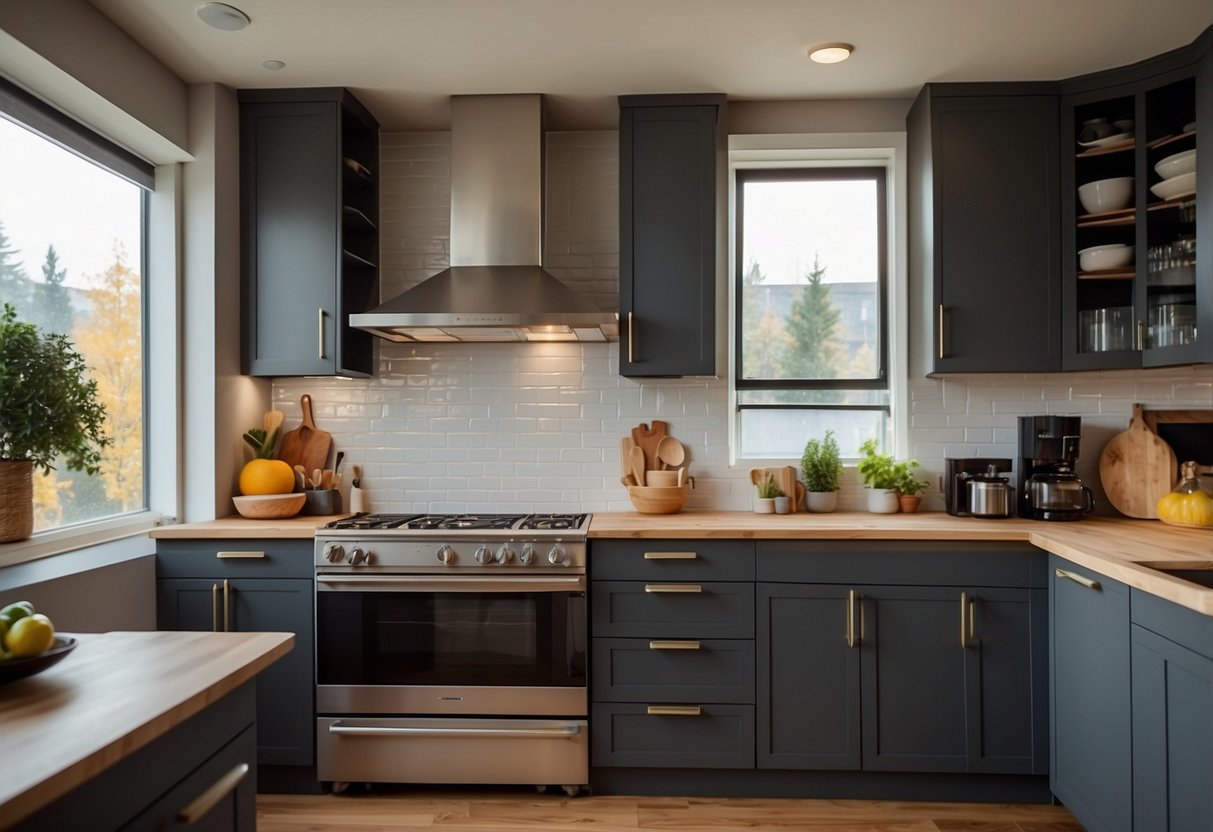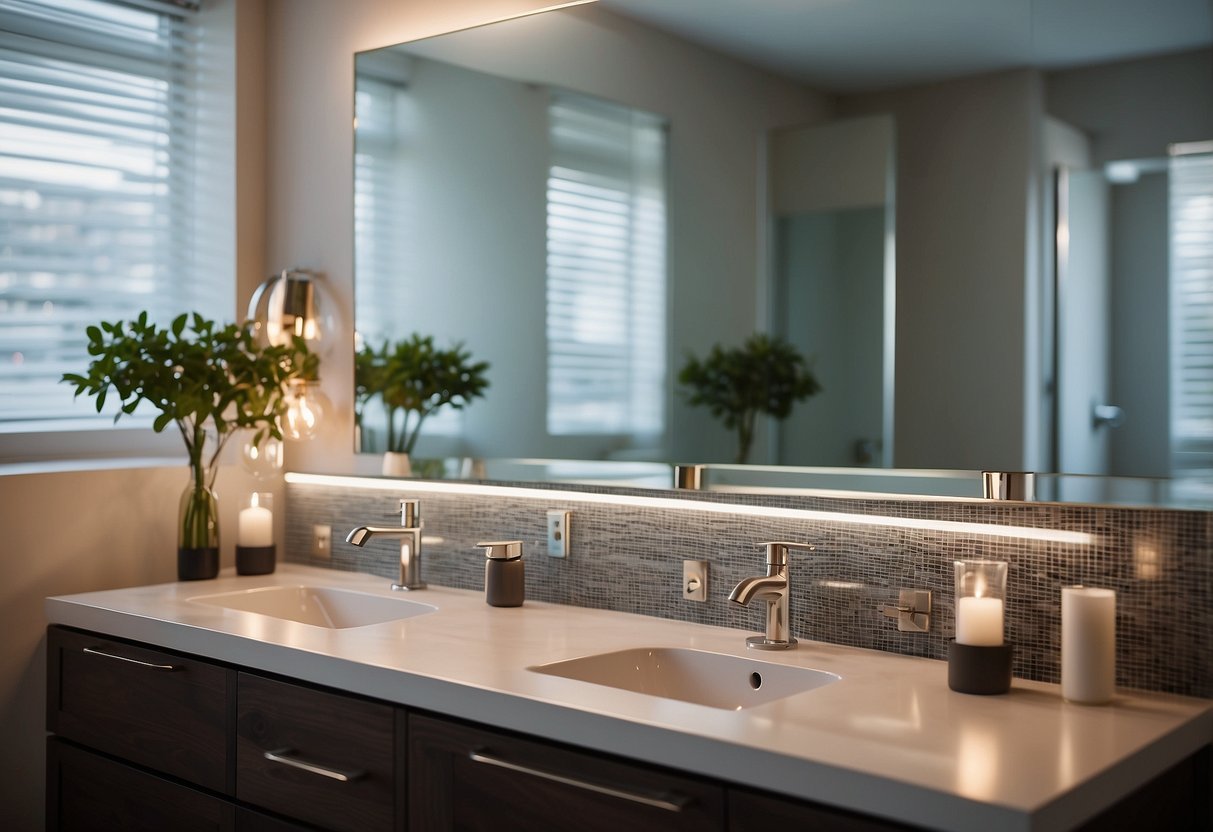
6. Upgrade to Energy-Efficient Appliances

Switching to energy-efficient appliances can significantly reduce energy consumption at home. Newer appliances often come with enhanced technology designed to perform better while using less energy.
When selecting appliances, look for models with the Energy Star label. This certification indicates that the appliance meets stringent energy efficiency guidelines.
Refrigerators and freezers are prime candidates for an upgrade. Modern versions consume less power while providing better cooling performance.
Washing machines and dryers have also seen improvements. Energy-efficient models use less water and energy, often with shorter cycle times.
It’s worthwhile to consider newer dishwashers. They are designed to use less water and power during their cleaning cycles.
Upgrading to high-efficiency heating and cooling systems can make a big difference. These systems maintain home comfort with reduced energy use.
Lighting is another area to focus on. LED bulbs provide significant energy savings over traditional incandescent bulbs.
Replacing outdated appliances not only helps reduce energy bills. It also reduces the household’s environmental impact.
Efficient appliances often have advanced features. These can include better temperature control and smart technology integration.
By investing in energy-efficient appliances, homeowners can make a substantial, long-term impact on their household energy consumption.
7. Use Low-Flow Fixtures

Low-flow fixtures can significantly reduce water usage at home. These fixtures, including faucets, showerheads, and toilets, are designed to use less water without sacrificing performance.
Installing a low-flow showerhead is straightforward. Most models simply screw onto the existing shower arm. They mix water with air to maintain pressure, while using less water overall.
Low-flow faucets work similarly. They use aerators to mix air with water, reducing the flow rate without lowering pressure. These can be installed in kitchen and bathroom sinks with minimal tools.
Replacing old toilets with low-flow models can offer substantial water savings. Modern low-flow toilets use around 1.28 gallons per flush, compared to older models that can use up to 7 gallons per flush. Some toilets also have dual-flush options for liquid and solid waste.
Additionally, these fixtures can lead to lower utility bills by saving both water and energy. Reduced water usage means less water needs to be heated, which can lower energy consumption.
Switching to low-flow fixtures is a practical step towards an energy-efficient home. They are relatively low-cost, easy to install, and provide long-term savings.